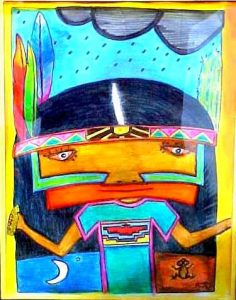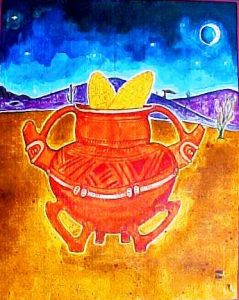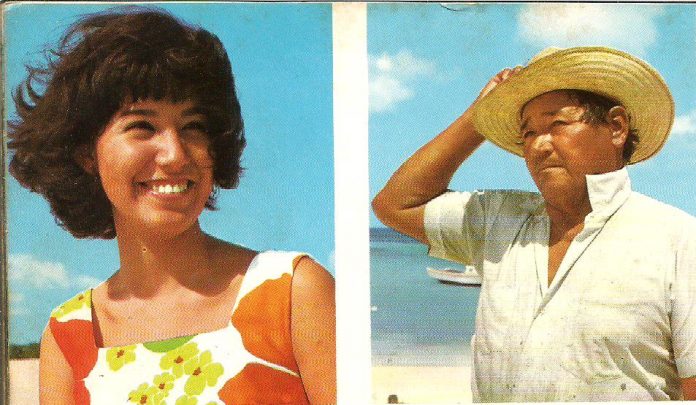Article by Etnia Nativa call us 592 2702 and book your experience!
By approximately 3000 to 2500 years groups of ago agro-potters from out the Amazon- Orinoco river basins started their journey spreading in a North Western direction. This they did mainly over land. Great obstacles had to be overcome during their journey. Other groups of these same areas chose the rivers to reach out to the Atlantic Ocean in to the Caribbean Sea. In time they perfected their vessels in to sea worthy canoes, capable to raveling alongside the coastline and the open sea, reaching the isles of the Antilles.


These tropical rain forest farmers were Arawakan speaking people who colonized the northern and coastal areas of South America and almost all the islands of the Caribbean Sea. Aruba was soon to be transformed in to an area where slash and burn or tropical forest agricultural techniques were introduced and practiced. This method of agriculture of clearing the land for agricultural purposes is associated with the cultivation of manly tubers such as yuca, yams, sweet potatoes and probably some Musa varieties, like Bananas and . They cultivated many plants that could be grinded in to flour for the elaboration of their main staples such as arepa’s, cachapas, ayacas, etc.
A more organized form of agriculture developed with the introduction of the American corn, a totally new crop that was developed in Mexico that changed the world. Also known as Indian corn or Zea Maize soon became the transformer of cultures, where simple and the ordinary use of clay is transformed in to the development of sophisticated ceramic artifacts of highly artistic mastery of the ceramic technics. In this way ceremonial ornaments where created in gratitude to the sprits of life and fertility’s. Arubans are the descendant of South American tropical-forest farmers. These became the heirs of the land and later the legendary Caquietian tribe. They received the Spaniards on their arrival, when the cross was brought from the main land. At that time an organized society had established itself, responding to the main chief who lived on the main land. History mentioned many of his frequent visits to his enchanted island.
Un like hunters and gatherers nomads before them, who had different sociocultural units consisting mainly of kin-based populations structured along lines of age and sex, without much in the way of economic, political, or religious based social-status differentiation. Social controls were largely based on kinship rights and obligations of a moral nature, except in cases of certain military activities that were often under the temporary leadership of special chiefs. In contrast to sedentararism, the richer technology and production of agricultural surpluses enabled villages to remain in the same place for many years. They were supported by a more adequate and dependable food supply, which included maize (corn), beans, squash, manioc, and tropical vegetables and fruits, as well as the riches of the mangroves forests and the Caribbean Sea. The Caquetío and variants Caiquetio, or Caiquetia, are the Native Americans people of northwestern South America living along the shores of Lake Maracaibo at time of arrival of the Castilians, they conquered the islands Bonaire, Curacao and Aruba.
To get to know more over Aruba’s and its origins, its animals and culture, we highly recommend you to book your visit for our renowned cultural encounter session has been entertaining curious participants for decades. Mail us at etnianativa03@gmail.com or WhatsApp 297 592 2702 to confirm your participation. Our facilities and activities take place close to high rise hotels.















